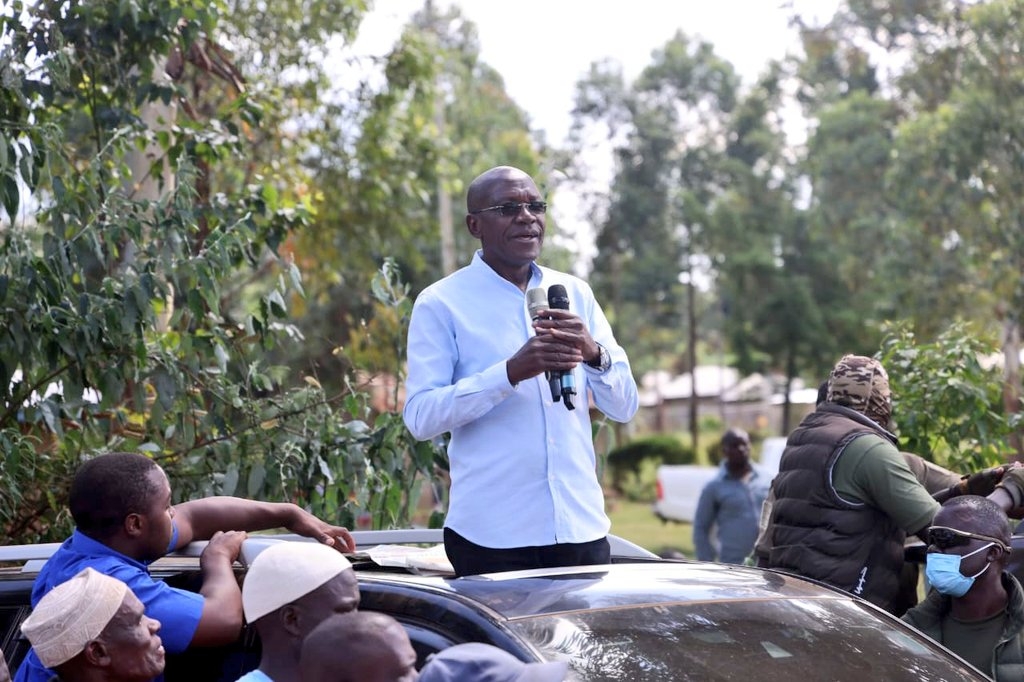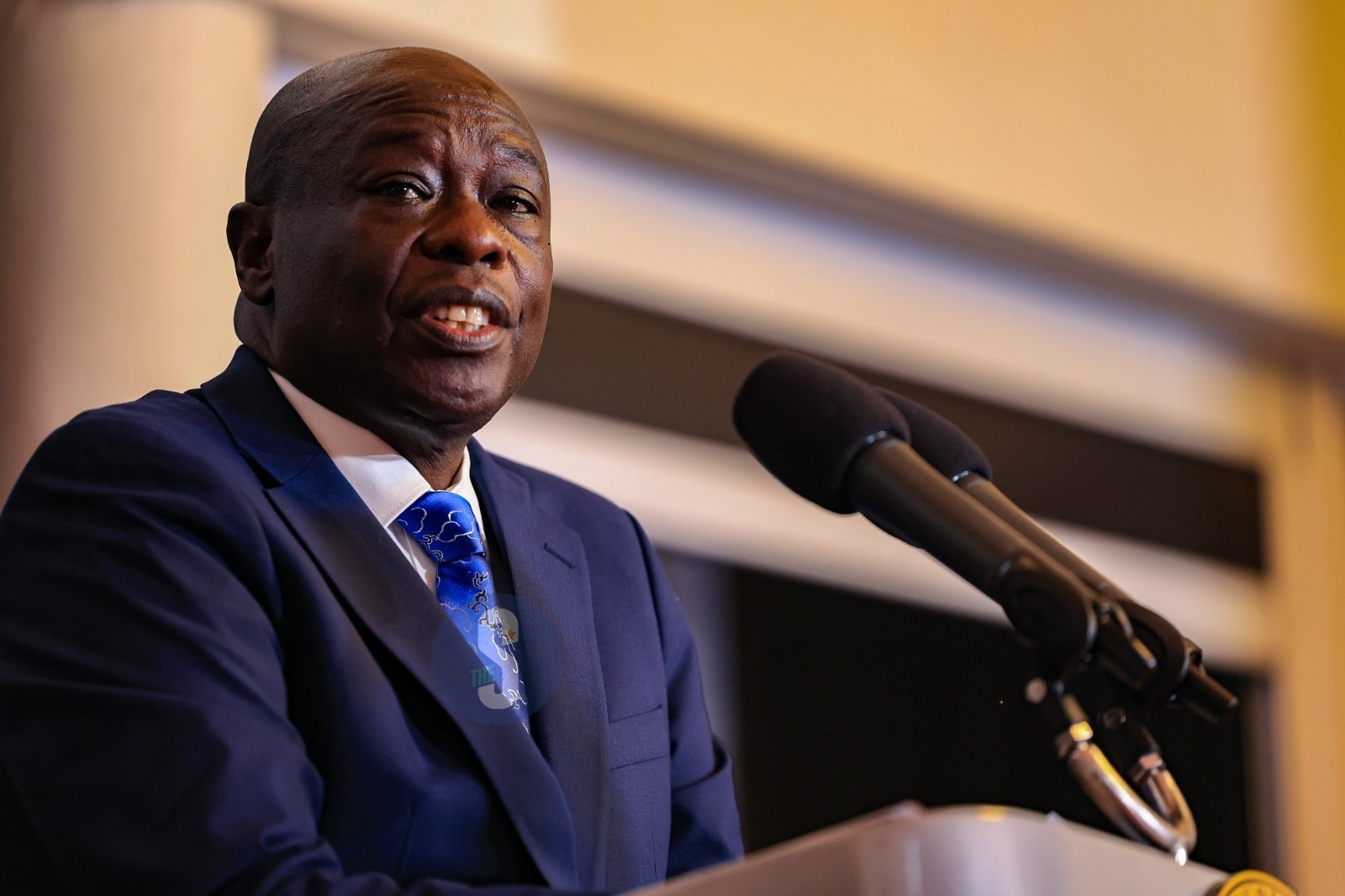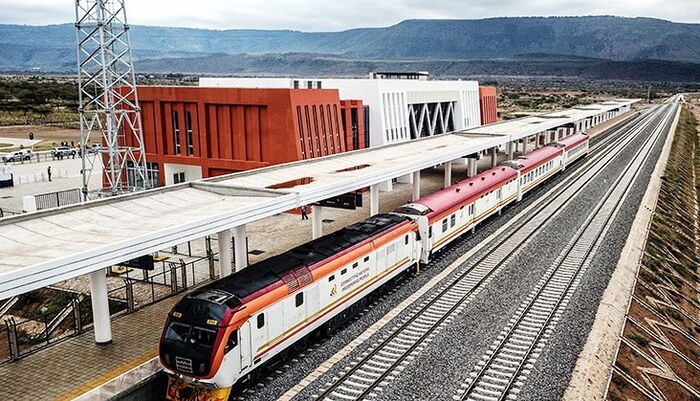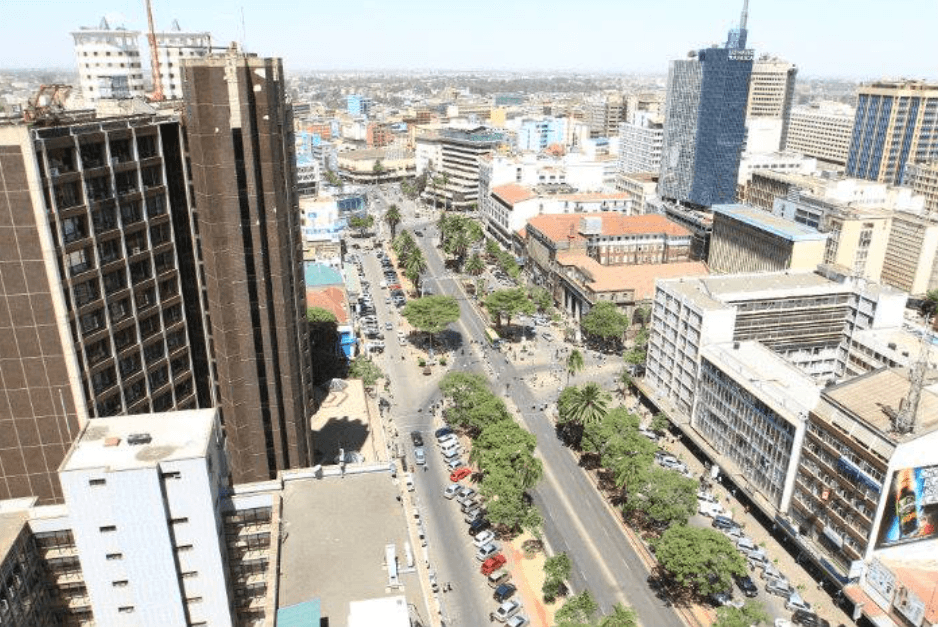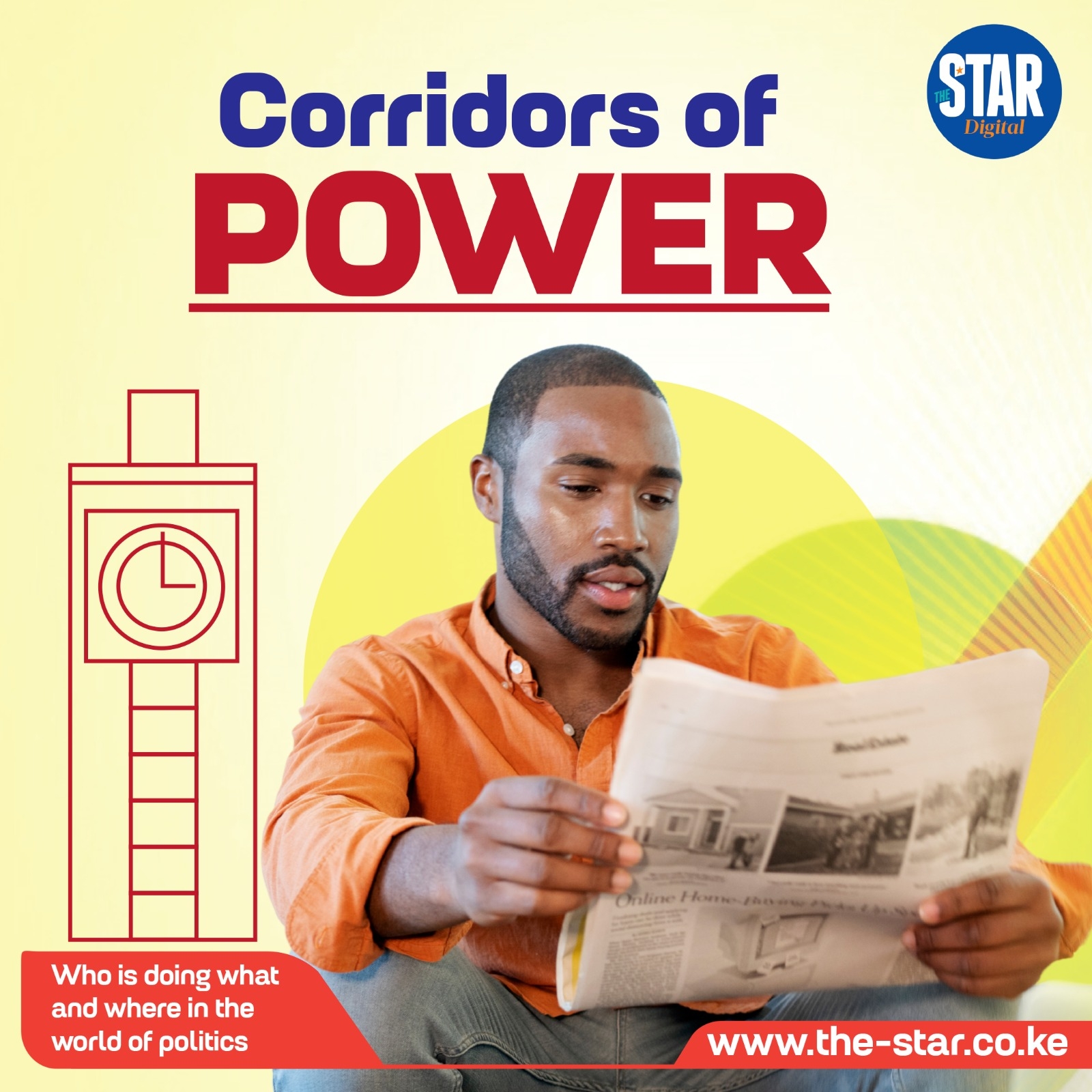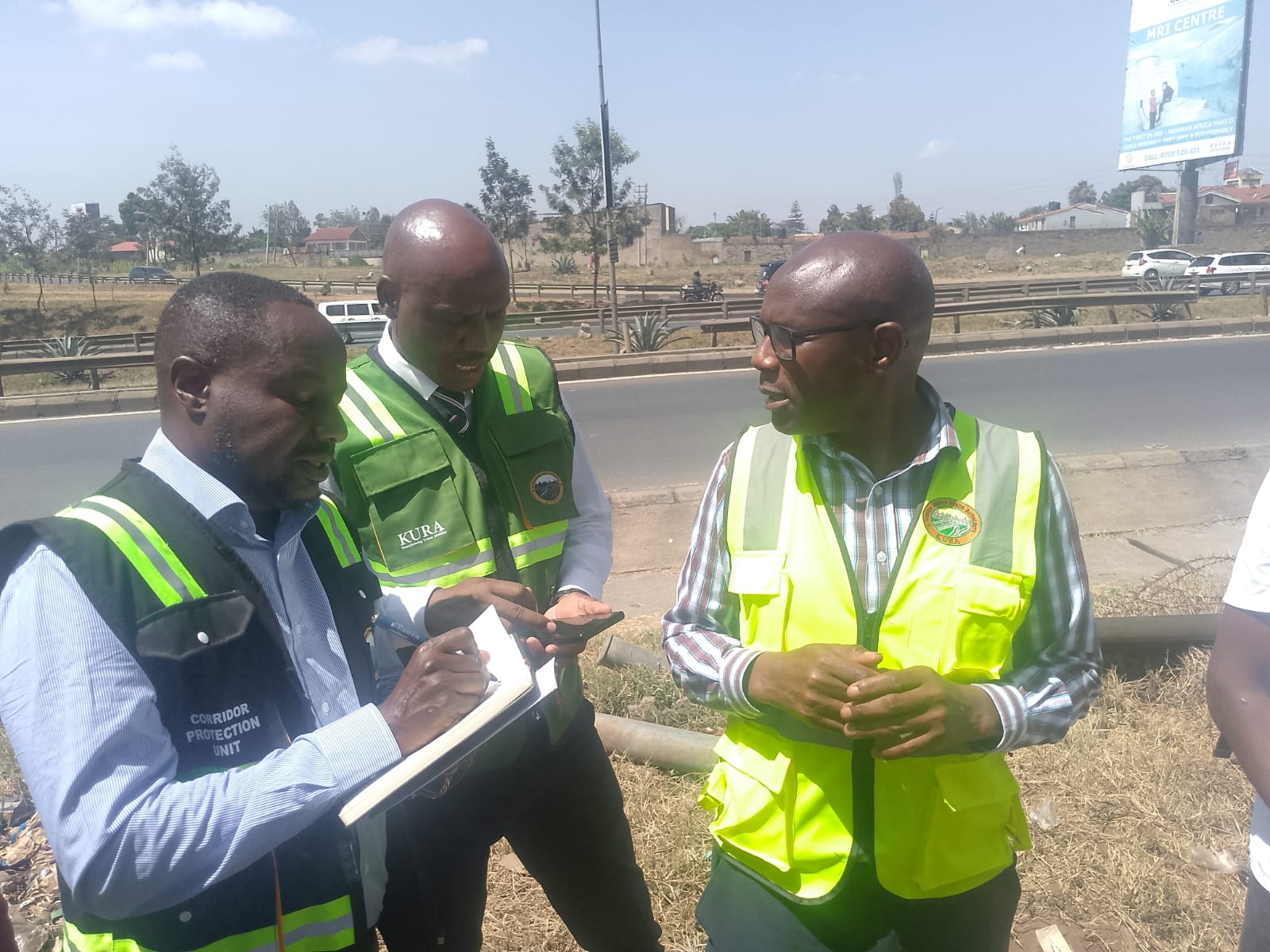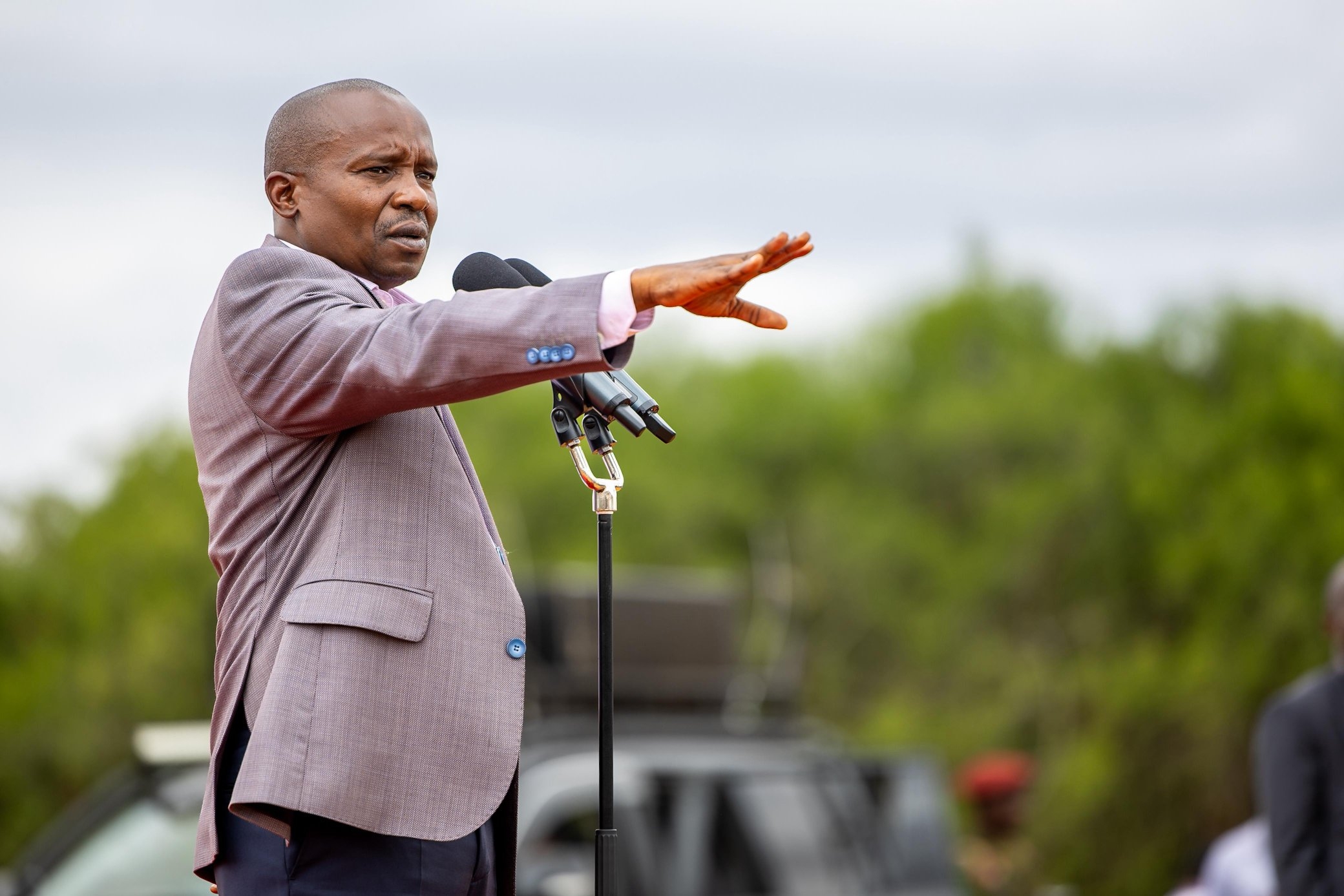Tropical Cyclone Hidaya on Saturday made landfall on Tanzania's coast leaving a trail of destruction in its wake.
Several houses were destroyed as coconut trees fell on houses as a result of heavy rainfall and strong winds.
On Sunday, the Tanzania Meteorological Authority announced the end of the Tropical Cyclone Hidaya.
This even as the Kenya Meteorological Department called on Kenyans at the coastal region to remain cautious and expect rainfall.
The weatherman said the anticipated Cyclone Hidaya had completely lost its strength after making landfall in Tanzania.
However, Director of Meteorological Services, David Gikungu, said Kwale, Mombasa, Kilifi and Lamu counties were likely to experience moderate to heavy rainfall offshore.
Amid this development, some Kenyans on social media expressed curiosity on why the cylone was named 'Hidaya'.
Some wanted to know why cyclones are generally given female names like the case with Cyclone Hidaya.
"Mbona ikapewa jina kama ya mwanamke lakini? A man asked on Friday after the Cabinet warned that Cyclone Hidaya could hit the coastal region.
Why are cyclones named?
According to the World Meteorological Organisation (WMO), tropical cyclones are a dangerous natural hazard which occur all around the world.
The organisation said the naming of tropical cyclones has proven to be the fastest way to communicate warnings and raise public awareness and preparedness.
WMO said assigning names to tropical cyclones makes tracking and discussing specific storms more straightforward, especially when multiple storms are active simultaneously.
The organisation said naming also helps to avoid confusion among meteorologists, media, emergency management agencies and the public.
Additionally, it says naming tropical cyclones can aid historical record-keeping and research on storm behaviour and impacts.
Historically, storms have been named for a long time, but haphazardly and after the fact.
However, using short, distinctive names in written and spoken communications proved quicker and less subject to error.
Those were essential considerations when exchanging detailed storm information with hundreds of widely scattered weather stations, coastal bases and ships at sea.
Why female names?
According to WMO, using female names for storms started in the middle of the 20th century.
Then, in the pursuit of a more organised and efficient system, meteorologists in the North Atlantic decided to identify storms using names from an alphabetical list.
The first storm in the year would be given a name that begins with A, like Anne, the second B, like Betty, etc.
As of 1953, the National Hurricane Center, a division of the US National Atmospheric and Oceanographic Association (NOAA), provided the name lists for Atlantic tropical storms.
In 1979, male names were introduced, alternating with the female names.
WMO said that there are different rules for naming cyclones in different parts of the world.
In some places like the Atlantic and Southern Hemisphere, cyclones are named alphabetically, alternating men's and women's names.
In other regions, names follow the alphabetical order of the countries.
Process of determining names for cyclones
The process of determining names for tropical cyclones is conducted by the relevant tropical cyclone regional body at its annual/biennial session.
WMO said that there are five tropical cyclone regional bodies.
These include ESCAP/WMO Typhoon Committee, WMO/ESCAP Panel on Tropical Cyclones, RA I Tropical Cyclone Committee, RA IV Hurricane Committee and RA V Tropical Cyclone Committee.
These bodies establish pre-designated lists of names which are proposed by WMO Members’ National Meteorological and Hydrological Services.
The selection of names is based on their familiarity with the people in each region to aid in the understanding and remembrance.
However, tropical cyclones are not named after individuals.
The bodies tasked with selecting names consider them short in character length for ease of use in communication, easy to pronounce, appropriate significance in different languages and uniqueness.
The same names cannot be used in other regions.


